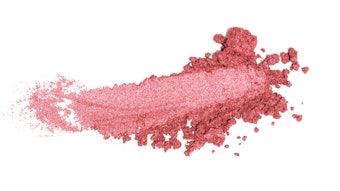The personal care industry is dynamic in that it paces itself to more than one pulse. It thrives on industry materials designed for general consumer needs as well as very specific individual demands—sometimes both; thus, the name “personal” care. Evidence of this fact was displayed in Paris at in-cosmetics, where more than 470 companies lined the exhibit hall with offerings from antiaging and vitamins, to cream bases, solvents and talcs.
According to the event organizers, 6,162 unique visitors flooded the show floor—37% from France and 63% from other nations.* What were they in search of? The right mix of a carefully orchestrated song and dance. For some, this could mean a basic moisturizer; for others, highly personalized care. For example, many consumers are affected by the sun and seek a good general sun protector. However, there are niche groups wanting earth-friendly formulas, gender-specific products and a wide array of color palette choices.
In an exhibit hall of such size, there is a good chance of finding something for each group. Formulating chemists and R&D managers have the esteemed pleasure of determining which group(s) to target and how.
This issue of Cosmetics & Toiletries offers its own song and dance to readers with topics of varied interest. They are all hot areas in personal care for various reasons. Since industry has become aware of the effects of the sun on skin, it needs a clearer understanding of skin’s response to UV exposure. In the article, “Photo-aging and Skin Repair” by M. Rieger, PhD, the author reviews periodical literature in an effort to reveal recent trends in skin research.
Consumers are also aware of the effects of manufacturing on the environment, giving rise to interest in green chemistry. “Enzymatic Synthesis of Isoamyl p-Methoxycinnamate from the Natural Ethyl Ester,” by I.L. Gatfield et al., describes how the naturally occurring ethyl ester of p-methoxycinnamic acid can undergo enzymatic conversion into the corresponding isoamyl ester, providing a natural route to a popular sunscreen filter. Ethnic and gender-specific product segments continue to grow. In the area of men’s personal care, A. Anaebonam, PhD, discusses, “A Treatment Approach for P. barbae,” also known as shaving bumps, which commonly affects black males.
On even a more individualized note, color advances in makeup can match any complexion and allow consumers to express their individuality. In T. Rabe et al.’s, “Encapsulated Organic Colorants to Mimic Naturally Flawless Skin,” the authors discuss the benefits of using encapsulated organic colorants in cosmetic foundations, including higher chroma shades with tunable opacity, increased color variation of the foundation and a surface energy profile optimized to skin.
Rounding out the medley of categories featured in this issue, the annual Hair Care Formulary offers sample hair care formulas for your consideration. Look to Cosmetics & Toiletries magazine for your next creative formulating muse.










